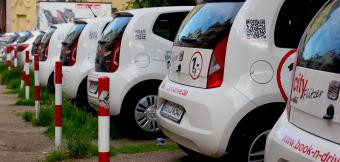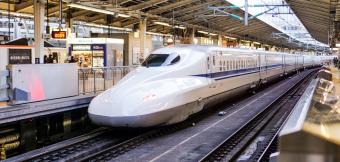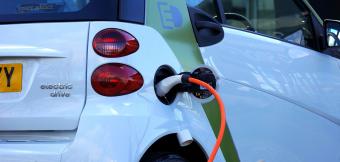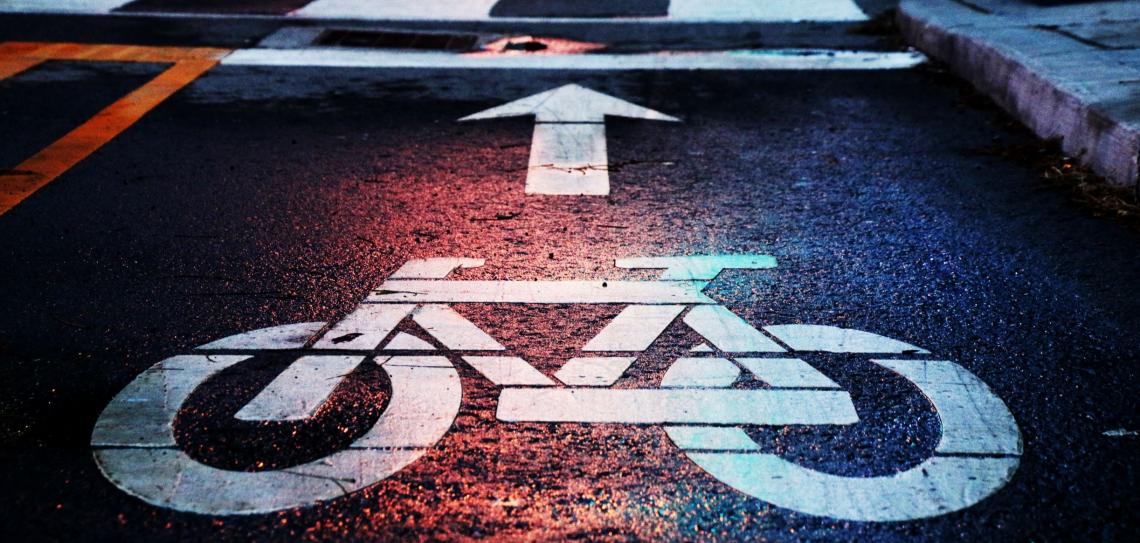
Ride your bike
Cycling is the perfect way to get around without fossil fuels. It produces minimal CO2, and no toxic exhaust emissions. It is efficient, fun, healthy and very cheap. Where good cycle infrastructure exists, it is also safer and often faster than going by car in urban areas. So get cycling!

Carbon emissions: Bike vs car (and plane, bus, coach, ferry and train)
Bikes produce very little CO2. They’re not quite zero carbon: there’s a little produced when they are manufactured, and you need some extra calories to pump the pedals, which have to come for somewhere. But with CO2 production per passenger kilometre at 21 grams, they beat every other form of local transport. They even beat feet - travelling 10km when cycling will use around 300 calories, running around 700, walking around 400.
In fact that 21 grams is actually an overstatement; it assumes you’d be doing nothing at all if you weren’t on your bike, whereas even just sitting on the sofa uses about a quarter of the calories of riding a bike. Moreover, very few people calculate how much food they eat based on how much exercise they do, most of us eat for pleasure and by habit. So unless you’re a super-athlete, you probably won’t eat any extra calories to fuel your cycling. In which case, your cycle ride is close to being carbon free.
If you’re still not convinced of the benefits of cycling, here’s some more advantages it has over driving the car.
Six advantages of bikes over cars
1. Economy. Probably the second biggest benefit a bicycle has over a car is that it saves a great deal of money; purchase costs, licencing fees, petrol and repairs. Bicycles have no fuel costs; even electric bikes cost almost nothing to keep running. Work out all the annual costs of a car; a twelfth of purchase costs (assuming the car has a 12 year life), fuel, insurance, repairs, tax. Do the same for a bike and you'll see huge savings. Think what else could you spend that money on.
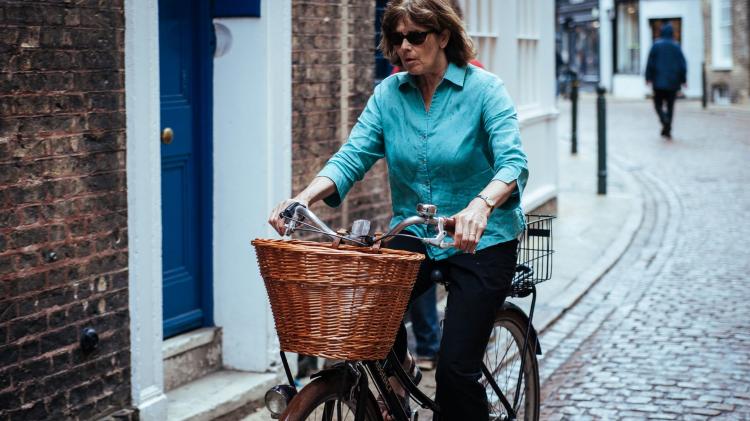
2. Speed. Bicycles are small and efficient. They don’t cause traffic congestion, especially when they have dedicated bike lanes. As a result, in a town or city a bicycle is generally as fast as a car or a bus; calculate journey times for yourself and you might be surprised. Cars are certainly faster on the open road, but that doesn’t matter when traffic is bumper to bumper. For shopping, get a basket or panniers and shop little and often, or you could invest in a cargo bike for bigger grocery trips, or occasionally use a taxi.
3. Health. Bikes are a great form of physical exercise, whereas in a car you just sit there. Cycling is cardiovascular exercise, so helps you maintain a healthy body, work off extra weight, improve your mental health and reduce your stress level. Conversely, studies have shown that driving in traffic is highly stressful; just observe yourself, your friends or family when they're doing it! The irony of driving to the gym seems to be lost on most people. Why not skip both and go for an hour's cycle instead?
4. Availability. You don’t need a license to get a bike. You don't have to be a certain age. You don’t need a loan or credit that has to be paid off in installments. You don’t need bike insurance or bike tax. You don't need regular expensive trips to the petrol station. It is much, much easier to get a bike than any kind of car, motorbike or truck. They're so cheap that kids get them for Christmas; maybe adults can too.
5. Parking. In the city it can be very hard to find a parking space, and often expensive too. But bike racks can handle way more bikes in a fraction of the space. You can fit 6 bikes in the space 1 car takes up. Car parking wastes an awful lot of space that coud be used for more useful things like trees or affordable housing.
6. Safety. Car accidents are among the 10 leading causes of death globally, and they cause way more non-fatal injuries. Statistically, riding a bicycle is much safer than driving a car; and the biggest threat to cyclists are motorists. But there is one caveat; keep your bike away from the traffic. Use off-road cycle routes and search out traffic free or low traffic routes including parks, canal and river tow paths, disused railway lines and back alleys. Google Maps and Streetview are your allies here. Don't assume that the best car route is the best cycle route; the reality is usually the opposite.
Picture credits: 1) Andrew Gook on unsplash.com 2) Steinar Engerland - unsplash.com 3) Chloe Onojeghou - unsplash.com
Address the barriers that prevent you riding more
Travel to work or school by bike
Take family, friends or neighbours riding with you
Campaign for quality green transport including buses, bikes and trains

